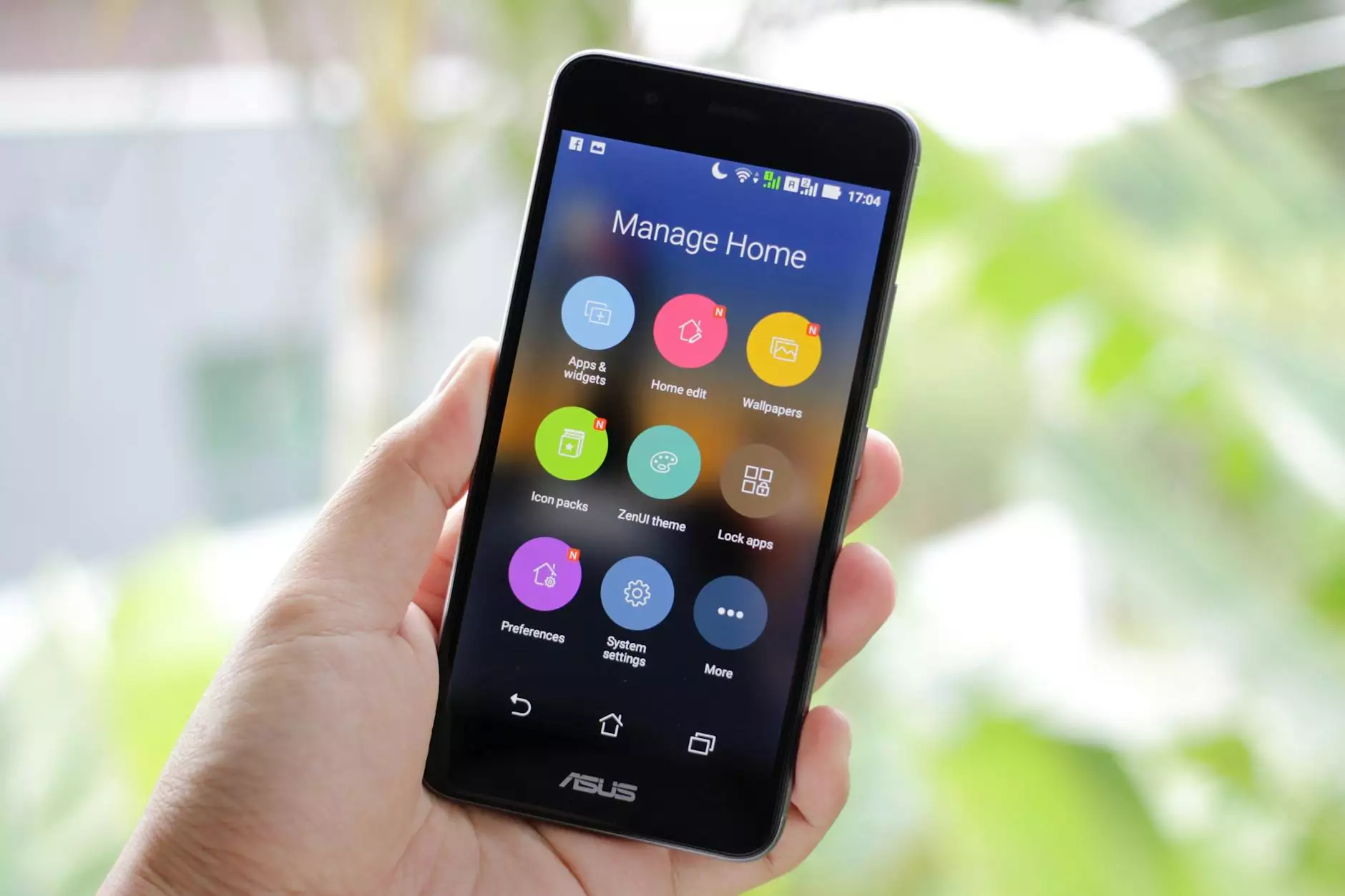How to Make an Educational App: A Comprehensive Guide

In today's digital age, technology has revolutionized the way we learn. With the rise in mobile technology, creating an educational app has become one of the most accessible avenues for developers and educators to disseminate knowledge. This article will guide you through the entire process of how to make an educational app, from conceptualization to launch, ensuring that your app not only serves its educational purpose but also engages users effectively.
Understanding the Market for Educational Apps
Before diving into the development process, it's crucial to understand the landscape of educational apps. The demand for such applications has surged, making it a lucrative niche. Here are some key insights:
- Market Growth: The global e-learning market is projected to exceed $375 billion by 2026, indicating a robust demand for educational tools.
- Diverse Audience: Educational apps cater to a wide range of demographics, from preschool children to adult learners.
- Variety of Formats: Apps can provide learning through games, videos, quizzes, flashcards, and more, allowing for diverse learning styles.
Steps to Create an Educational App
1. Define Your Objectives
Establishing clear objectives is paramount. Ask yourself:
- What is the core subject matter of my app?
- Who is my target audience?
- What specific educational needs does my app address?
By answering these questions, you will lay a strong foundation for your app's purpose and functionality.
2. Conduct Market Research
Research your competitors and target audience:
- Analyze existing educational apps to identify strengths and weaknesses.
- Gather feedback from potential users through surveys and interviews.
- Explore trends in educational methodologies that may influence your app's design.
3. Ideation and Feature Set
Brainstorm features that set your app apart. Consider the following:
- User Engagement: Incorporate gamification elements, such as points, badges, and leaderboards.
- Accessibility: Design with inclusivity in mind; consider language options and screen readers.
- Interactivity: Allow users to participate through quizzes, comments, and feedback.
4. Design the User Interface (UI) and User Experience (UX)
The design of your app should facilitate an intuitive learning experience. Focus on:
- Simplicity: Keep the interface clean; avoid cluttering with excessive information.
- Navigation: Ensure that users can easily navigate through different sections of the app.
- Visual Appeal: Use engaging graphics and colors that resonate with your target audience.
5. Development Phase
With a clear plan, it's time to start developing your app. You can either:
- Hire a Developer: Work with an experienced developer or a development team skilled in app creation.
- Use App Builders: Platforms like Appy Pie or BuildFire offer tools to create applications without extensive coding knowledge.
6. Testing Your App
Before launching, conduct rigorous testing to ensure functionality and user-friendliness:
- Beta Testing: Release a beta version to a select group of users to gather feedback and identify bugs.
- Usability Testing: Observe real users interacting with your app to understand their experiences.
- Performance Testing: Ensure the app runs smoothly across various devices and operating systems.
7. Launching Your Educational App
Once testing is complete, it's time to launch. Consider the following:
- App Store Optimization (ASO): Optimize your app’s title and description with strategic keywords related to educational applications.
- Marketing Strategy: Utilize social media, your website, and educational forums to promote your app. Engage with potential users through informative content.
- Feedback Loop: Encourage user reviews and feedback post-launch to continually improve the app.
Post-Launch: Strategies for Success
After your app is live, maintaining user engagement is crucial. Here are some strategies:
- Regular Updates: Continuously improve your app based on user feedback and educational trends.
- Engagement Campaigns: Organize challenges or competitions that motivate users to engage regularly.
- Community Building: Foster a community around your app through forums or social media groups for users to share experiences and tips.
Leveraging Analytics to Improve Your App
Use analytics tools to monitor user behavior and app performance. Key metrics to track include:
- User Retention: Percentage of users returning after their initial visit.
- Engagement Rate: How actively users interact with content in the app.
- Session Length: Average time users spend on the app during a single visit.
Best Practices in Educational App Development
As you navigate the world of app development, keep these best practices in mind:
- User-Centric Design: Always place user experience at the forefront of your design and functionality decisions.
- Focus on Content Quality: Ensure that educational materials are accurate, engaging, and relevant to the audience.
- Stay Updated: Continuously research and incorporate the latest educational trends and technologies into your app.
Conclusion
Creating an educational app is a rewarding journey that can significantly impact learners while offering developers and educators a unique platform to share their knowledge. By following the steps outlined in this guide on how to make an educational app, you can develop an innovative, engaging, and educationally sound application that will thrive in the competitive app market.
Remember, the key to a successful educational app lies in understanding your audience, continuously enhancing user experience, and adapting to the evolving landscape of educational technology. Embrace this challenge, and you will contribute to shaping a brighter educational future for users around the globe.









